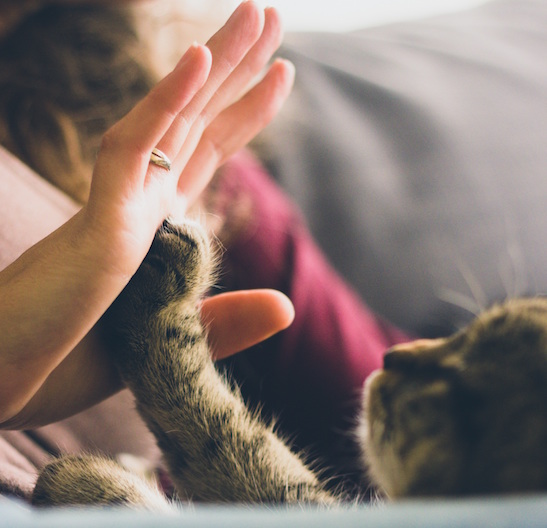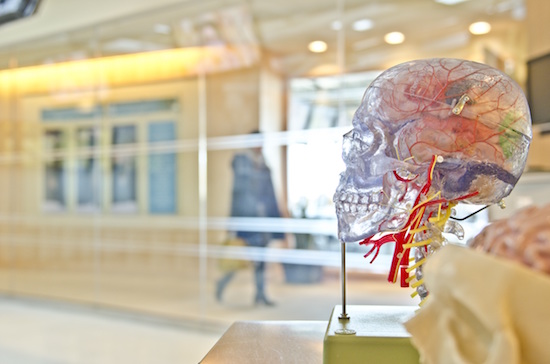Animal Assisted Therapy (AAT) / Pet Therapy

Animal assisted therapy is different from traditional service dogs. While many therapy pets are dogs, it can be an animal of any species. Therapy animals have been obedience trained and screened for their ability to interact safely with humans and other animals. Just like other types of therapies, AAT has shown to improve a patient’s social, emotional, or cognitive functioning. Some common animals used in AAT are dogs, cats, horses (equine-related therapy), and dolphins. AAT has been particularly beneficial in helping individuals with PTSD and autism.
Click here to learn more about Animal Assisted Therapy
Recovering Together: The Benefits of Adopting a Companion Animal While in Addiction Recovery
Hypnotherapy
Hypnotherapy can be described as a therapy of suggestion. In a typical session, clients are guided into a state of focused deep relaxation. Have you ever driven home from work, and once arriving home, you find that you don’t remember the trip home? That is the sort of focused, relaxed state that hypnotherapy uses. The client does not fall asleep, but rather therapists focus on “quieting the conscious mind” so that the subconscious mind can surface. The therapist then suggests ideas and lifestyle changes to the client, where the ideas will be planted in the subconscious and lead to positive changes. Hypnotherapy has shown effectiveness in pain management, relaxation, and stress management.
Click here to learn more about Hypnotherapy
Laughter Therapy / Humor Therapy
Laughter therapy is focused on the old adage “laughter is the best medicine”. Laughter therapy uses humor to promote overall health and wellness. It has been effective in relieving physical and emotional pain, stress, and discomfort, as well as reducing depression and insomnia.
Click here to learn more about Laughter Therapy
Light Therapy
Most commonly associated with Seasonal Affective Disorder, light therapy uses controlled exposure to light to treat some mood disorders. So far, studies have shown that light therapy is effective in treating depression, eating disorders, bipolar disorder, and sleep disorders.
Click here to learn more about light therapy
Primal Therapy
Primal therapy focuses on fully venting a pain or psychological wound by re-experiencing them. Methods include screaming, weeping, or whatever else is needed to full feel and vent the hurt. The primary goal of primal therapy is to identify the root of an issue, re-live the hurt, express them, and let them go so that the conditions can resolve.
Click here to learn more about Primal Therapy
Wilderness Therapy
Wilderness Therapy takes clients into the great outdoors to pursue survival skills and self-reflection. The benefits are pretty conclusive – spending time outdoors can lower anxiety, boost mood, and improve self-esteem.
Click here to learn more about Wilderness Therapy
 Some mental health problems require a very specific type of therapy or treatment. These are often reserved for severe problems, or when all other treatments have been exhausted. In addition, other types of specialized therapies can be more effective based on individual preferences, such as art, music, or animal-supported therapy.
Some mental health problems require a very specific type of therapy or treatment. These are often reserved for severe problems, or when all other treatments have been exhausted. In addition, other types of specialized therapies can be more effective based on individual preferences, such as art, music, or animal-supported therapy.

